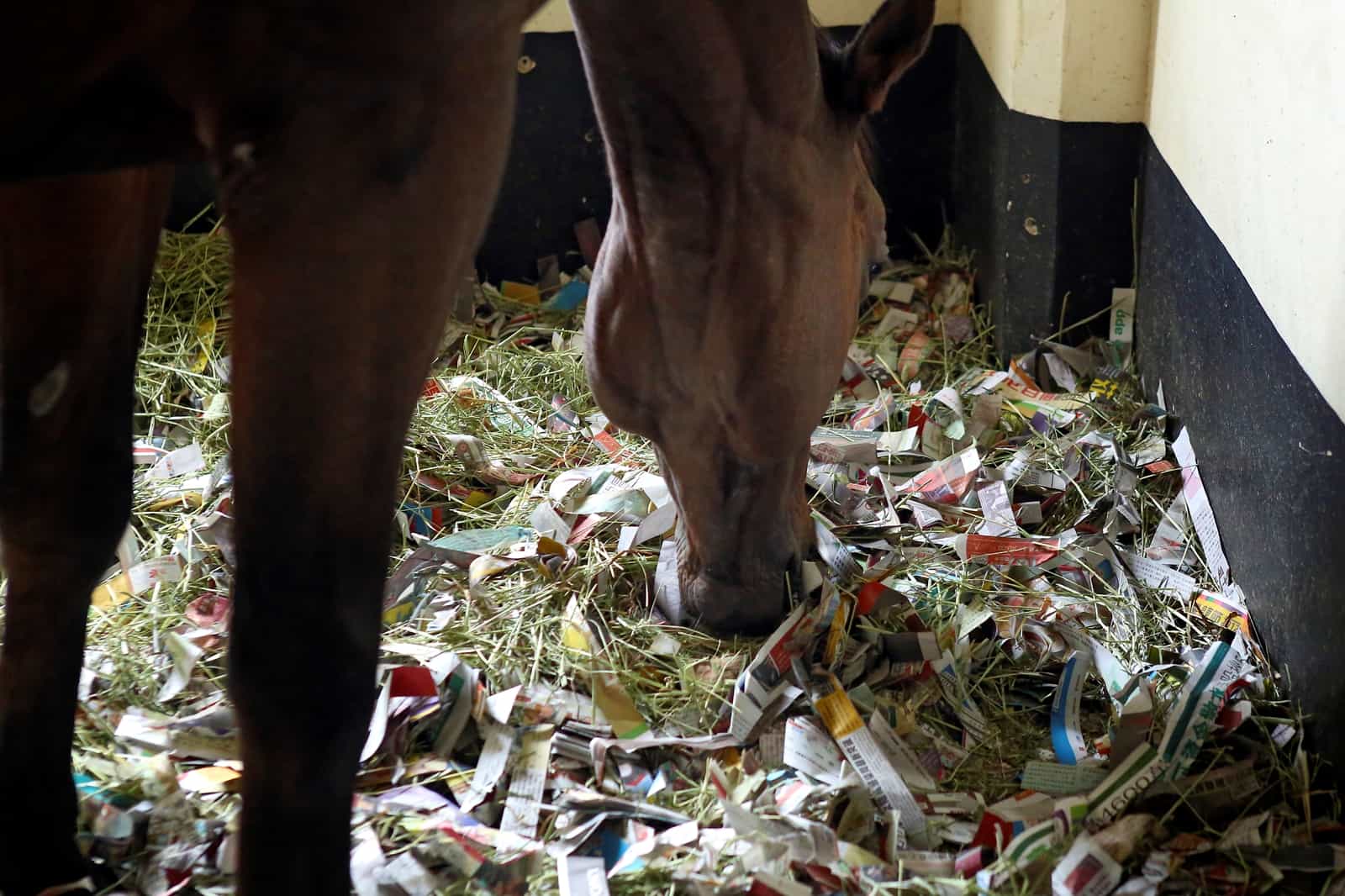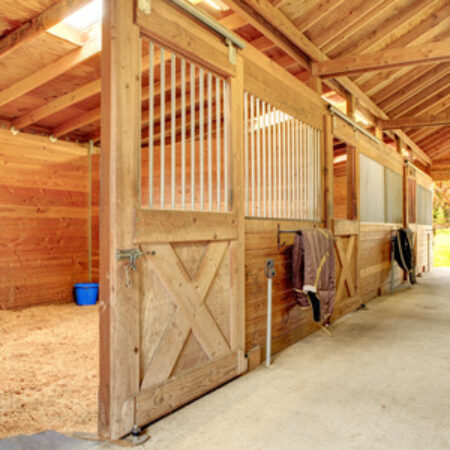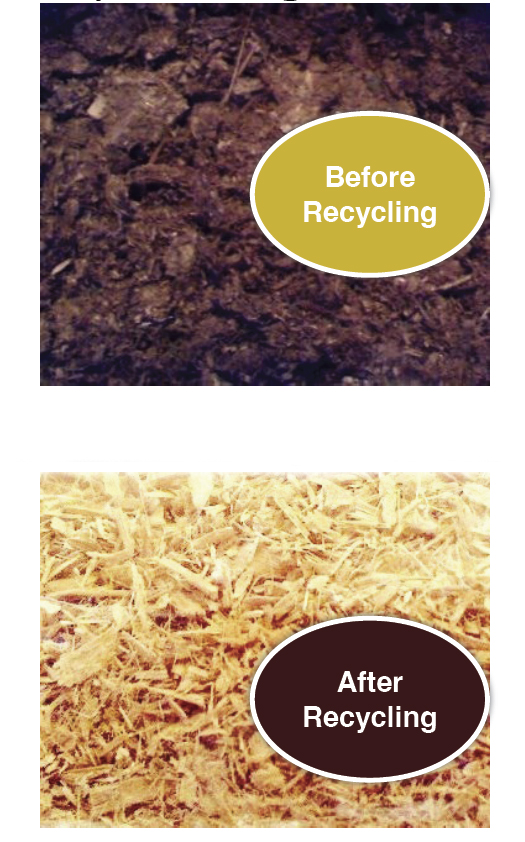Bedding Disposal: Environmental Considerations for Your Horse’s Stall

Proper bedding disposal is crucial for maintaining a healthy environment for your horse and minimizing ecological impact. This article explores the best practices for disposing of horse stall bedding, environmental concerns, and sustainable alternatives.
Why Bedding Disposal Matters

Horse bedding absorbs moisture, manure, and urine, which can lead to environmental pollution if not managed correctly. Improper disposal can contaminate soil and water sources, contribute to greenhouse gas emissions, and create unpleasant odors.
Common Types of Horse Bedding
| Bedding Type | Description | Environmental Impact |
|---|---|---|
| Straw | Traditional, biodegradable | Compostable but can attract pests |
| Wood Shavings | Absorbent, often from softwoods | Biodegradable, may contain chemicals |
| Sawdust | Fine wood particles | Biodegradable, dust can affect air quality |
| Peat Moss | Natural moss, retains moisture | Non-renewable, harvesting impacts wetlands |
| Paper Bedding | Recycled paper products | Biodegradable, eco-friendly option |
Environmental Considerations
- Composting: Turning used bedding into compost reduces waste and creates nutrient-rich soil amendments.
- Manure Management: Combining bedding with manure for proper treatment prevents nutrient runoff.
- Avoiding Landfill: Landfilling bedding increases methane emissions and wastes potential resources.
- Water Contamination: Prevent runoff from bedding piles to protect nearby water bodies.
Sustainable Bedding Disposal Methods
- Composting On-Site: Create a compost pile or bin to break down bedding naturally.
- Using Bedding as Fertilizer: After composting, use the material to enrich pastures or gardens.
- Recycling Programs: Some areas offer recycling for wood-based bedding.
- Bioenergy Production: Innovative facilities convert organic waste into energy.
Tips for Environmentally Friendly Bedding Use
- Choose biodegradable and locally sourced bedding.
- Regularly clean stalls to reduce excessive waste.
- Monitor moisture levels to prevent mold and odors.
FAQ
Q1: Can I compost horse bedding with manure?
A1: Yes, combining bedding with manure is ideal for composting, balancing carbon and nitrogen.
Q2: How long does it take to compost horse bedding?
A2: Typically, 3 to 6 months depending on conditions like temperature and moisture.
Q3: Is it safe to use composted bedding in gardens?
A3: Yes, once fully composted, it is safe and beneficial for most plants.
Q4: What should I avoid when disposing of bedding?
A4: Avoid dumping bedding in water bodies or landfills to prevent pollution.
By adopting responsible bedding disposal practices, horse owners can protect the environment while maintaining a clean and healthy stall for their animals.
